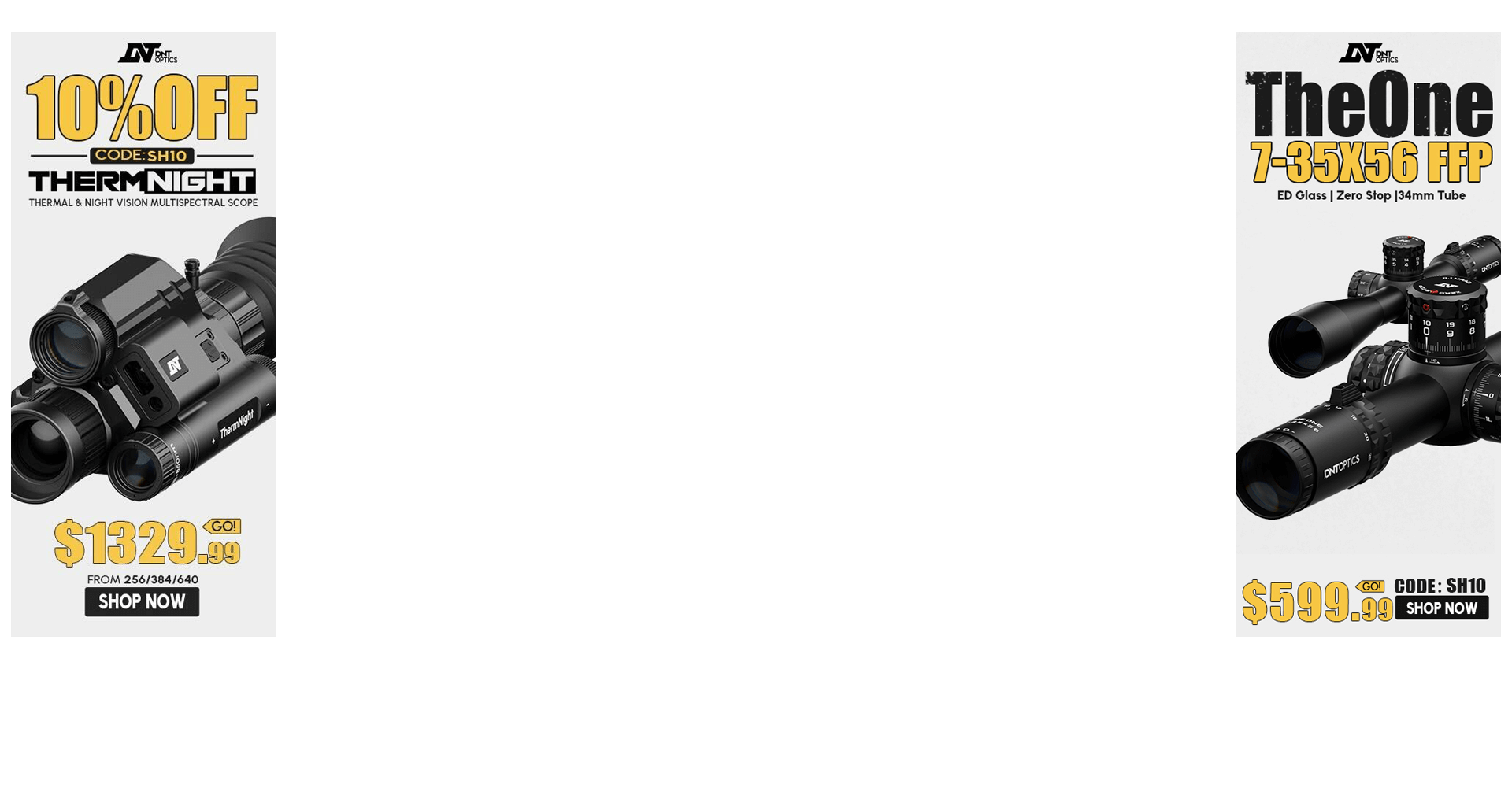Hello!
That makes a lot of sense! So you set yours to .001 to keep the bullet tight while chambering the round. Or are you using .002? I can't locate previous info from your thread response. I wondered also about bullet contact while running out of the mag.
Thanks!
Thanks!
It depends on the rifle and intended use.
For single shot events like F Class I use the least possible neck tension. Just enough to hold the bullet and no more. The thinking is that variations in neck tension will adversely affect velocity spreads. So if there is less neck tension then there is by default, less variation in neck tension.
Now light neck tension doesn't work well when feeding from a mag, so in a mag fed rifle, I'm more concerned about the bullet staying in place as it comes out of the mag and the tip of the bullet bumps into the feed ramp.
In mag feed rifles I use 0.002" neck tension regardless of what might produce the most consistent velocity spreads.
In mag feed loading I need to be just as careful as for F Class. When loading for a match I just run all cases through a bushing that is too large and then incrementally cycle all rounds through progressively smaller bushings until a bullet will stay in place by hand, then drop two more bushing sizes and pull that case out of the batch.
I just keep cycling through until all cases are 0.002" smaller than what bushing it took to hold the bullet.
It can also help to use gage pins if you prefer. You can use the same method and just go until a gage pin 0.002" smaller than the round cannot be pushed into the neck. Then put that case aside and continue with the rest.
If your necks are turned, then the bushing will reflect neck hardness, with the larger bushings being used on softer necks. The rounds that require the smallest bushing are most in need of anneal.
You can get a cheap set of gage pins off ebay out of china for about 40 bucks. Then you can use them to test for primer pocket expansion as well.
Note: When using this much neck tension, it can be hard to seat a bullet if you do not put a nice lead chamfer on the inside of the neck. For this I use a cone shaped carbide burr... none of that cheap crap RCBS or Lyman sells for this. Its a 1/4 inch shank cone shaped carbide burr. They come two ways... one with solid flutes and others have interrupted flutes... they call those chip breakers.
Just chuck it in a drill and its goes quickly.


